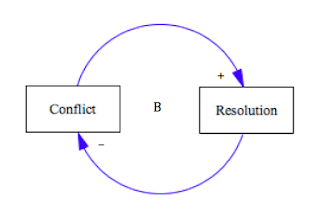Author: Jane Sutton
Illustrator: Peter J. Welling
Publisher: Pelican Publishing ©2015
ISBN: 978-1-4556-2085-2
Grade Level: K-5
Book Review: Jane Sutton's books frequently appear in Literature Connects because she has a tremendous talent for taking real life experiences and creating delightful narratives that both inform and entertain. Jane definitely doesn't disappoint in her newest release, What's Up with this Chicken? It is a wonderful story filled with interesting information about chickens and is told in Sutton's signature style: believable characters, magnificent humor and plenty of word play. The book contains a powerful embedded message about how to resolve conflicts by changing your perspective. Trudy refuses to get off her eggs. Sylvia can't understand why. Under the tutelage of a wise grandmother, Sylvia comes to understand that Trudy is not difficult, she is really just broody. Don't miss out on this "egg-cellent" book. It is appropriate for students PreK-5 because it can be read and enjoyed on so many levels.
Systems Thinking Connections
Habits: Sylvia and her grandmother could easily become frustrated with Trudy and decide that she has outlived her usefulness as an egg-laying chicken; instead, they consider the issue fully (including doing some important research) and resist the urge to come to a quick conclusion. As a result, they recognize that there is a reason for Trudy's behavior, her desire to mother chicks is a fundamental structure of Trudy's natural make up. A deep but meaningful example of recognizing that a system's structure generates its behavior. They surface their assumption--Trudy is a broody hen--and then test their assumption by purchasing some fertilized eggs. For younger children simply recognizing how changing their perspective helps Sylvia and her grandmother increase their understanding is a very worthwhile connection.
Tools: Conflict is central to any good story. The conflict resolution is particularly strong in What's Up with This Chicken? So much so, that children could use this balancing loop to explain how conflict in this story is resolved.
Here is one way to "tell the story of this loop." As the conflict increases, Trudy refuses to get off her eggs) Sylvia works to resolve the situation. As Sylvia's effort at resolving the conflict increases, the conflict decreases because Trudy is happily sitting on her eggs and caring for her chickens. Sylvia's need for resolution strategies goes down because she is focused on Trudy's new role as a mother hen. Over time the chickens grow up and Trudy needs more fertilized eggs. In addition, Sylvia learns that one of Trudy's offspring is also a brooding hen. As Judy now refuses to allow Sylvia to collect the eggs (conflict), Sylvia will have to work to resolve the conflict (providing Judy fertilized eggs) so the conflict decreases. Using a causal loop to focus on the conflict helps students understand more deeply conflict in a story. Students could also use this loop to tell their own story about a conflict that resolves but over time manifests itself in a slightly different way.
The ladder of inference would also be a good tool to use with What's Up with This Chicken?. When faced with a conflict with Trudy, Sylvia and her grandmother add information to their pool of experience by reading in a book about chickens. They use that information to make a more informed decision in caring for Trudy and as a result have a happier chicken. Students could go up and down the ladder from both the perspective of Sylvia and Trudy.








